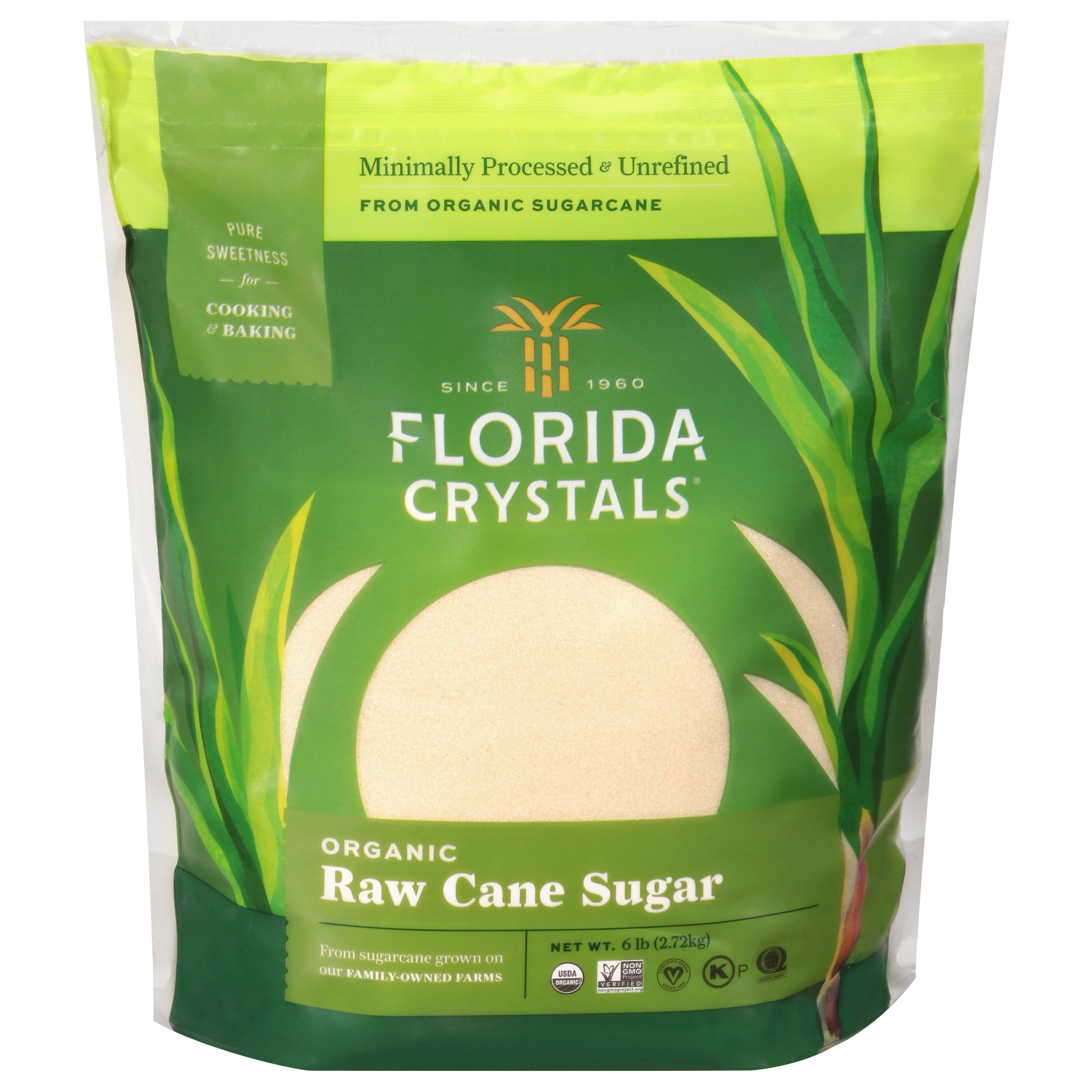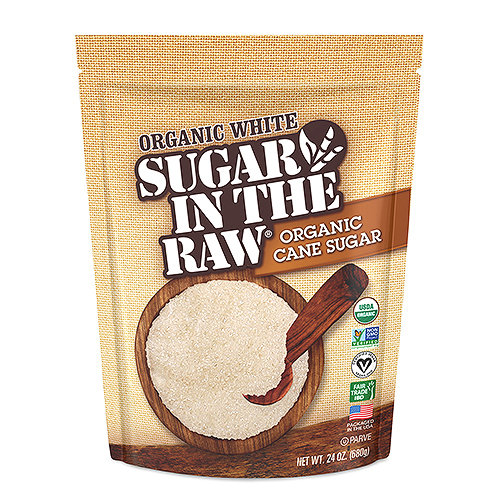Checking Out the Comprehensive Tips Associated With Walking Cane Sugar Processing From Gathering to Improvement
The procedure of walking stick sugar manufacturing encompasses a series of complex steps, starting with the cautious harvesting of sugarcane and culminating in the improvement stages that make sure the last item satisfies sector standards. Each stage, from the extraction of juice to the filtration and crystallization procedures, plays a critical function in establishing the quality and character of the sugar.
Collecting Sugarcane
Harvesting sugarcane is a critical step in the walking cane sugar handling chain, as it directly influences the top quality and return of the final product. Proper timing and methods are essential throughout this stage to make sure optimum sugar web content and lessen losses. Typically, sugarcane is gathered when it gets to maturation, typically 12 to 18 months after growing, identified by a high sucrose concentration.

Post-harvest, the sugarcane must be processed swiftly to stop sucrose destruction. Preferably, gathered walking cane should be transported to processing centers within 1 day to protect sugar top quality. Therefore, efficient logistical planning is vital to keep the integrity of the harvested plant throughout the supply chain.
Removal Process

The crushed cane undergoes a series of pushing procedures to make the most of juice recovery. Normally, warm water is splashed onto the smashed walking stick, producing a countercurrent circulation that assists liquify the sugar while additionally aiding in the removal procedure. The juice gathered from this procedure contains not just sugar however additionally various natural compounds and contaminations.

To boost extraction performance, some facilities may employ diffusion approaches, where the sugarcane is taken in hot water, enabling the soluble sugars to diffuse right into the liquid. The resulting juice, abundant in sucrose, is after that guided to subsequent handling phases, laying the structure for purification and refinement. The removal procedure is hence crucial in establishing the top quality and yield of the final sugar item.
Purification Methods
The purification methods employed in cane sugar processing are important for transforming the raw juice right into a premium sugar item. These techniques mainly aim to remove impurities, such as dirt, plant materials, and inorganic materials, which can detrimentally affect the end product's taste and color.
This procedure involves adding lime and warmth to the raw juice, which promotes the coagulation of contaminations. Furthermore, the usage of phosphoric acid can boost the information process by more binding impurities.
An additional significant method is carbonatation, where carbon dioxide is introduced to the made clear juice. This response generates calcium carbonate, which records staying contaminations and promotes their removal.
Additionally, triggered carbon therapy may be applied to adsorb any kind of staying colorants and organic impurities, making sure a much more polished item. The mix of these approaches successfully prepares the sugar juice for succeeding actions in the refining procedure, setting the phase for the manufacturing of high-grade walking cane sugar.
Crystallization Approaches
After the filtration phase, the following critical action in cane sugar handling includes formation approaches, which play an essential role in transforming the cleared up juice into solid sugar. This procedure typically uses two primary approaches: spontaneous formation and regulated crystallization.
In spontaneous condensation, supersaturated sugar options are allowed to cool normally, leading to the formation of sugar crystals gradually. This approach is easier however might result in irregular crystal dimensions and reduced pureness levels. On the other hand, regulated condensation is a more accurate strategy where concentration, temperature level, and seeding representatives are carefully handled. This method enables for the consistent growth of sugar crystals and greater purity.
Throughout formation, the made clear juice is concentrated through evaporation, raising its sugar material until it gets to supersaturation. When this factor is accomplished, either method can promote the condensation procedure. Cane Sugar Processing. The resultant sugar crystals are then divided from the remaining syrup with centrifugation
Eventually, the option of formation approach impacts the quality, dimension, and purity of the last sugar product, making this step important in the overall walking cane sugar handling procedure.
Refinement and Product Packaging
How can the pureness and high quality of walking stick sugar be further improved after formation? The refinement process plays a crucial function in achieving premium walking cane sugar.
Following, the sugar undergoes a process called centrifugation, where it is rotated at broadband to divide the cleansed sugar crystals from the staying fluid. After centrifugation, the sugar is usually additional improved via a technique called carbonization or phosphatation, which uses activated carbon or phosphoric acid to eliminate color and off-flavors.
As soon as refined, the sugar is dried out to achieve the preferred dampness web content, making certain that it continues to this be stable during storage space and transport. The last step involves product packaging the refined sugar in moisture-proof and closed containers to keep its top quality and avoid contamination. Cane Sugar Processing. Proper product packaging not just extends life span but also promotes very easy handling and circulation, making sure that customers receive sugar that meets the highest criteria of pureness and high quality
Conclusion
The comprehensive actions associated with walking stick sugar handling, from the meticulous harvesting of sugarcane to the detailed refinement and product packaging stages, highlight the importance of each phase in making sure top quality sugar production. Optimum harvesting strategies, effective extraction approaches, and rigorous purification procedures collectively add to the final product's purity and security. The crystallization and subsequent product packaging practices additionally improve the honesty and service life of the sugar, highlighting the complexity and precision inherent in this crucial farming sector.
The process of cane sugar production encompasses a series of detailed actions, starting with the cautious harvesting of sugarcane and culminating in the improvement phases that make sure the last item satisfies industry requirements. Preferably, gathered cane needs webpage to be moved to processing facilities within 24 hours to maintain sugar high quality.In spontaneous formation, supersaturated sugar solutions are allowed to cool normally, leading to the development of sugar crystals over time - Cane Sugar Processing. The refinement process plays a crucial duty in achieving top quality walking cane sugar.The extensive actions included in walking stick sugar handling, from the meticulous harvesting of sugarcane to blog the complex improvement and packaging phases, underscore the significance of each phase in guaranteeing premium sugar manufacturing